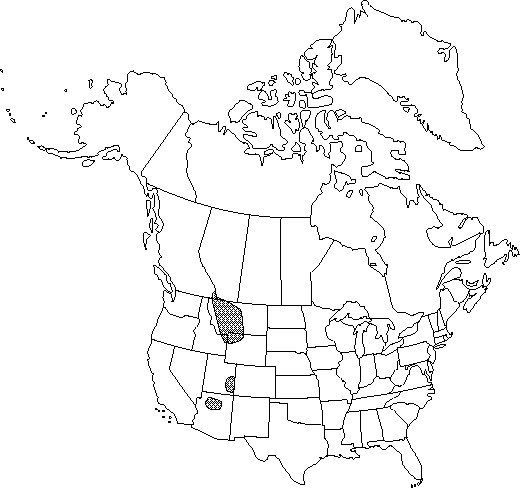familyRanunculaceae
genusRanunculus
subgenusRanunculus subg. Ranunculus
sectionRanunculus sect. Epirotes
speciesRanunculus eschscholtzii
Difference between revisions of "Ranunculus eschscholtzii var. eximius"
Bull. Torrey Bot. Club 68: 654. 1941.
imported>Volume Importer |
imported>Volume Importer |
||
| Line 55: | Line 55: | ||
|publication year=1941 | |publication year=1941 | ||
|special status=Endemic | |special status=Endemic | ||
| − | |source xml=https:// | + | |source xml=https://bitbucket.org/aafc-mbb/fna-data-curation/src/2e0870ddd59836b60bcf96646a41e87ea5a5943a/coarse_grained_fna_xml/V3/V3_464.xml |
|genus=Ranunculus | |genus=Ranunculus | ||
|subgenus=Ranunculus subg. Ranunculus | |subgenus=Ranunculus subg. Ranunculus | ||
Latest revision as of 21:49, 5 November 2020
Stems: caudex 1.5-3.5 cm, with few or no persistent leaf bases. Basal leaf blades obovate to broadly oblong, distally 5-9-lobed or sometimes 3-parted with lateral segments again lobed, 1.4-4.1 × 1.4-3.3 cm, base obtuse or rounded, middle segment unlobed, ultimate segments and sinuses acute or acuminate. Flowers: petals 9-16 mm.
Phenology: Flowering late spring–summer (Jun–Aug).
Habitat: Alpine meadows
Elevation: 2000-3500 m
Distribution

B.C., Ariz., Idaho, Mont., Utah, Wyo.
Discussion
Selected References
None.
Lower Taxa
None.